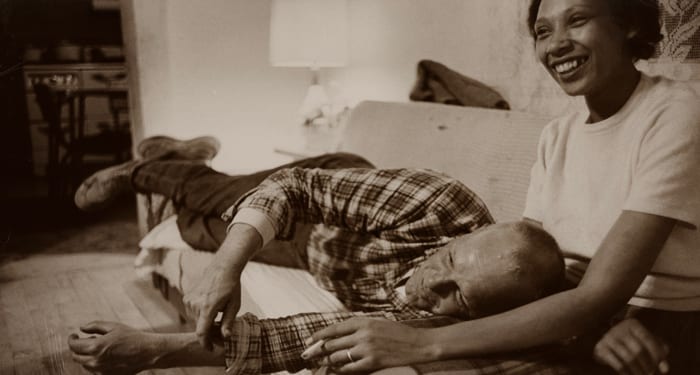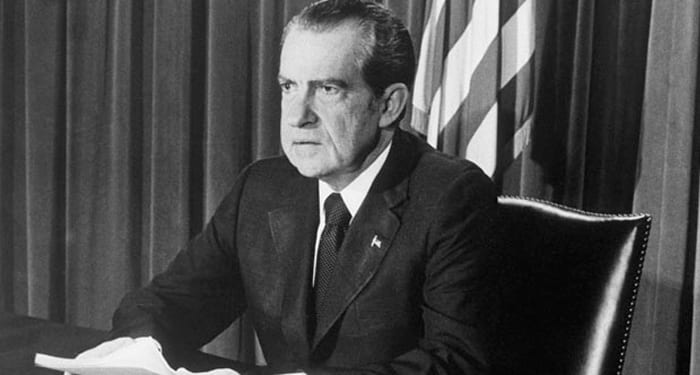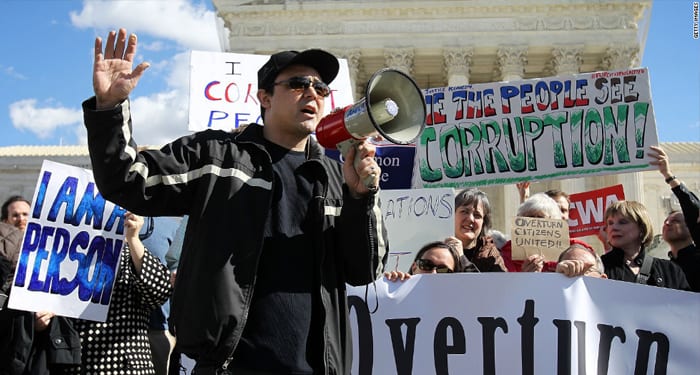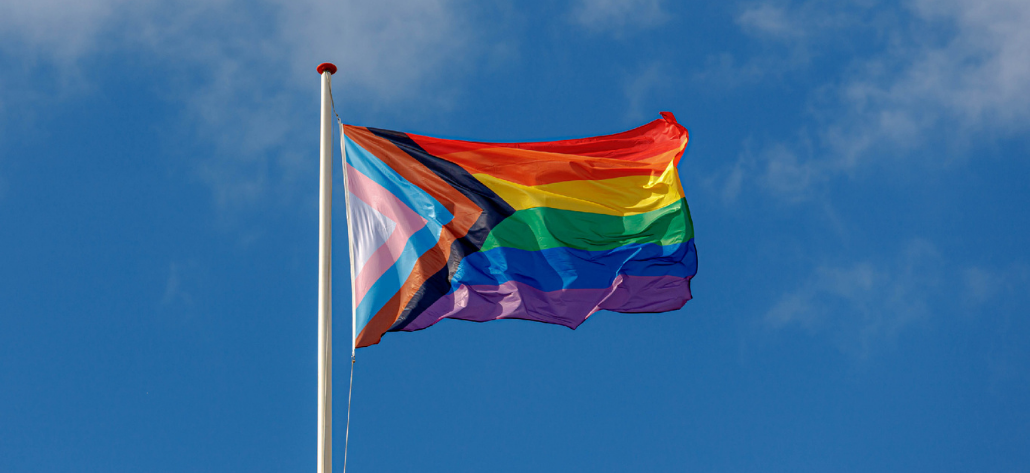Throughout history, lawyers have had the power to enact global change by writing laws, ruling the courts and holding influential roles in government. Becoming a lawyer brings not only great responsibility but also the ability to influence history and the world around you.
Some of the most important decisions in America have been made by the Supreme Court. These decisions have molded the country and have had great influence on the rest of the world.
Here’s a look at 6 images that show the impact a lawyer can make in history.
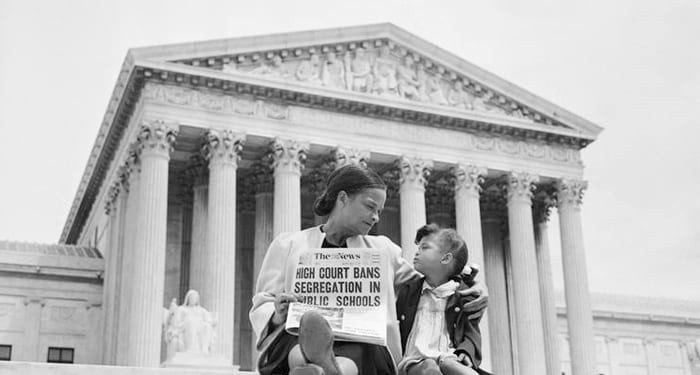
Photo of mother and daughter on steps of the Supreme Court. Source: Bettmann/Getty
Brown v. Board of Education (1954)
In 1951, Oliver Brown, an African American, sued the Topeka Board of Education, taking the first step in what would later be acknowledged as one of the most important cases in American history. Brown’s third-grade daughter was denied admission to her neighborhood school because of the color of her skin.
In a 9-0 decision, the Supreme Court confirmed Brown’s argument that segregated schools insured that African Americans would have an inferior education that would handicap their ability to function in American society.
The ruling put an end to segregation in public schools across the United States. This landmark case served as a catalyst for the modern civil rights movement.

Mildred and Richard Loving pose for a photo at their home. Source: Grey Villet/Life Magazine
Loving v. Virginia (1967)
This landmark case was brought to the Supreme Court when Mildred Loving, a black woman, and Richard Loving, a white man who had been sentenced to a year in prison in Virginia for marrying each other. At the time, the legality of interracial marriage varied from state to state.
When the Loving’s were arrested for having gotten married in Washington D.C. and moving back to Virginia, they turned to the ACLU to help them take the case to the Supreme Court. The Supreme Court declared anti-miscegenation laws (laws banning interracial marriages) to be unconstitutional.

August 8, 1974, President Nixon delivers resignation address following the Watergate scandal.
United States v. Nixon (1974)
During the late stages of the Watergate scandal, President Richard Nixon was ordered to release tapes and documents related to specific meetings between the President and those indicted by the grand jury. Nixon claimed executive privilege over the taped conversations due to him being the President of the United States.
In an 8-0 decision, the Supreme Court ruled that he had to turn over the tapes and documents, setting a precedent limiting the power of the President of the United States.

President George W. Bush is sworn in for his second term as the 43rd President of the United States.
Bush v. Gore (2000)
Following a contentious presidential race between former Vice President Al Gore and then Texas Governor George W. Bush, the Florida Division of Elections reported that Bush had won with a 48.8% vote. Since the margin of victory was 0.5% of the votes cast, a statutorily-mandated automatic machine recount occurred. Results of the recount showed that most ballots were not properly punched, making them ineligible.
Gore petitioned that the ballots be manually recounted. After not being able to recount the ballots by the mandated deadline, the case was taken to the Supreme Court. In a 5-4 decision, the Supreme Court ruled in favor of George W. Bush, stating that the state of Florida violated the 14th Amendment by enacting a recount procedure.

Activists rally to overturn Supreme Court ruling, February 2012.
Citizens United v. Federal Elections Committee (2010)
In 2008, the conservative non-profit organization, Citizens United, wanted to air and advertise a film critical of Hillary Clinton prior to the Democratic primary. This would violate a federal statute prohibiting certain electioneering communications near an election. In a 5-4 decision, the Supreme Court held that limiting corporate funding of independent political broadcasts in elections would be a violation of the First Amendment.
The decision fundamentally changed campaign finance law, allowing corporations and unions to contribute unlimited funds to political action committees not affiliated with a candidate.

White House shines rainbow colors to celebrate same-sex marriage ruling. Source: AP
United States v. Windsor (2013)
When Edith Windsor’s wife died in 2009, she was forced to pay hundreds of thousands of dollars in estate taxes because her marriage was not recognized by the federal government’s Defense of Marriage act of 1996. In a 5-4 decision, the Supreme Court deemed that the federal government must provide benefits to legally married same-sex couples, legalizing same-sex marriage nationwide.
